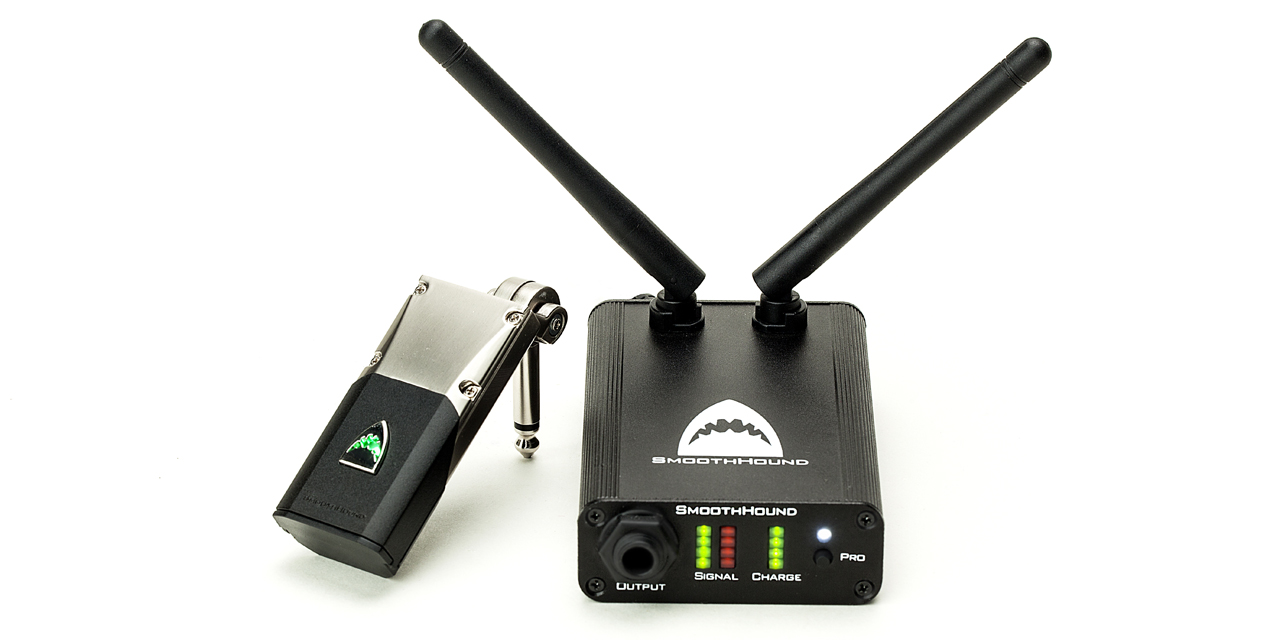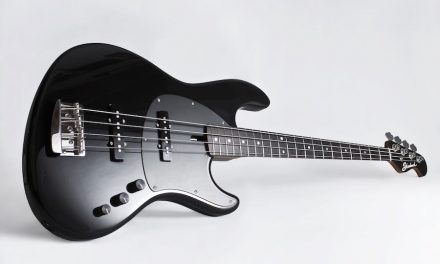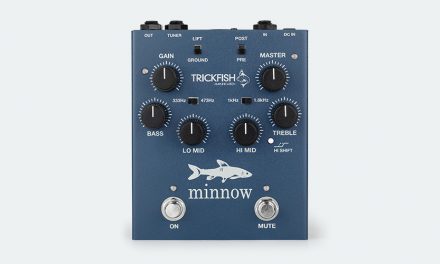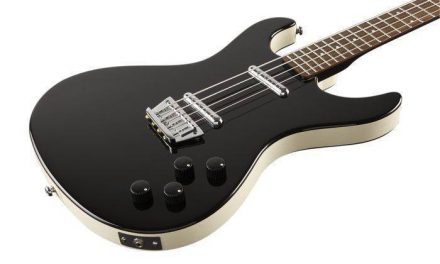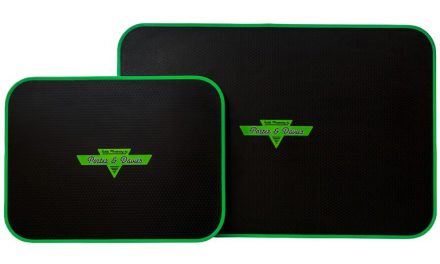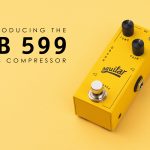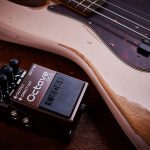Bored of Your Cable? We Audition a Sleek Digital Wireless System
From Smooth Hound Innovations
Design
This wireless system has been designed to offer quality tone with a consistent and interference-free signal. It transmits its signal within the 2.4 GHz frequency band (along with WiFi and Bluetooth), so is immune to outside interference from power sources like mobile phone towers, along with other analogue wireless systems that might be operating simultaneously. On the surface of the receiver sits a Control Mode button as well as LEDs indicating whether the unit is powered, the amount of interference being seen by the receiver and the strength of the signal/battery. A Cable Tone function gives you that ‘wired’ sound that is often missing from a wireless signal, by modelling the tonal subtleties between short and longer cables. You have a choice between no emulation or a cable up to 30 feet. The K1100 transmitter scores points for stylishness and simplicity. It features a hinged jack plug that allows it to be used on all styles of bass. With fifteen hours of power life there’s ample time to be had onstage and more than enough warning if you’re running low. Other wireless systems include rechargeable transmitters, but the benefit of this one, which uses two AA batteries, is that you’re never too far from a spare set, otherwise you’re reliant on leaving it to charge. The transmitter also has an automatic ‘power-down mode’ if your bass is idle for a prolonged period of time.
Sounds
Operating the system couldn’t be easier, thanks to a simple instruction booklet that outlines the basic steps, but there really isn’t much to confuse you. Once you’ve plugged in the 9V DC power adaptor, everything is very user-friendly. We decided to road-test it on a number of different gigs. On average, we required a wireless range of 10 or 15 metres, but if you’re performing without in-ear monitoring you may not feel comfortable traveling too far from the thud of your speaker cabinet. Sound-wise, we were very impressed by what we heard. There was little or no difference in our core tone. Having said that, the Cable Tone simulation is by no means wasted, as we were able to roll off a touch of the high frequencies from our active Jazz Bass. With a dynamic range of 120 dB there is more than enough headroom for even the hottest of active basses. Traditionally, analogue systems use companders to squash or compress the signal to make it fit the bandwidth that the particular frequency permits before expanding it at the other end. This is not required with digital, and so, in comparison, this system stands out with its dynamic range and a full frequency response. There are, of course, reliable analogue units available, but it’s hard to imagine them matching up to the tonal reliability that’s on offer with this digital system. It looks as though the clever people at Smooth Hound Innovations could be on to a winner. For more info visit www.smoothhound-innovations.com

